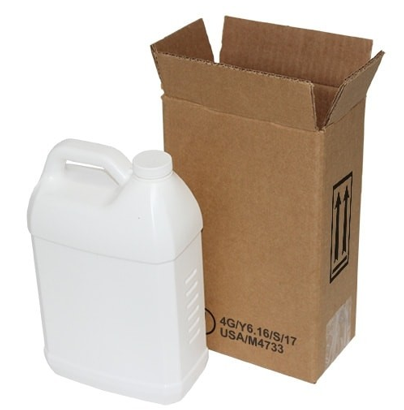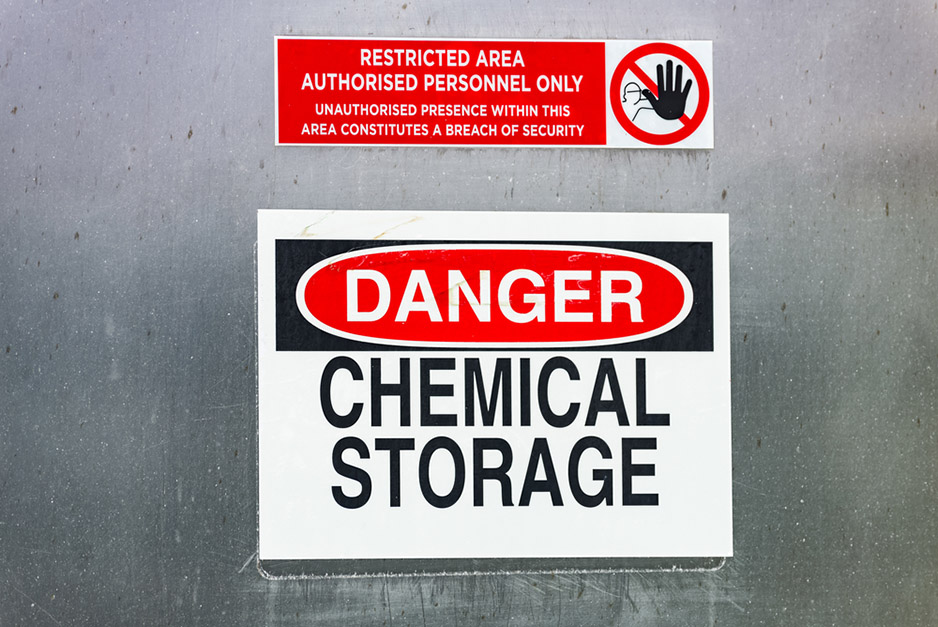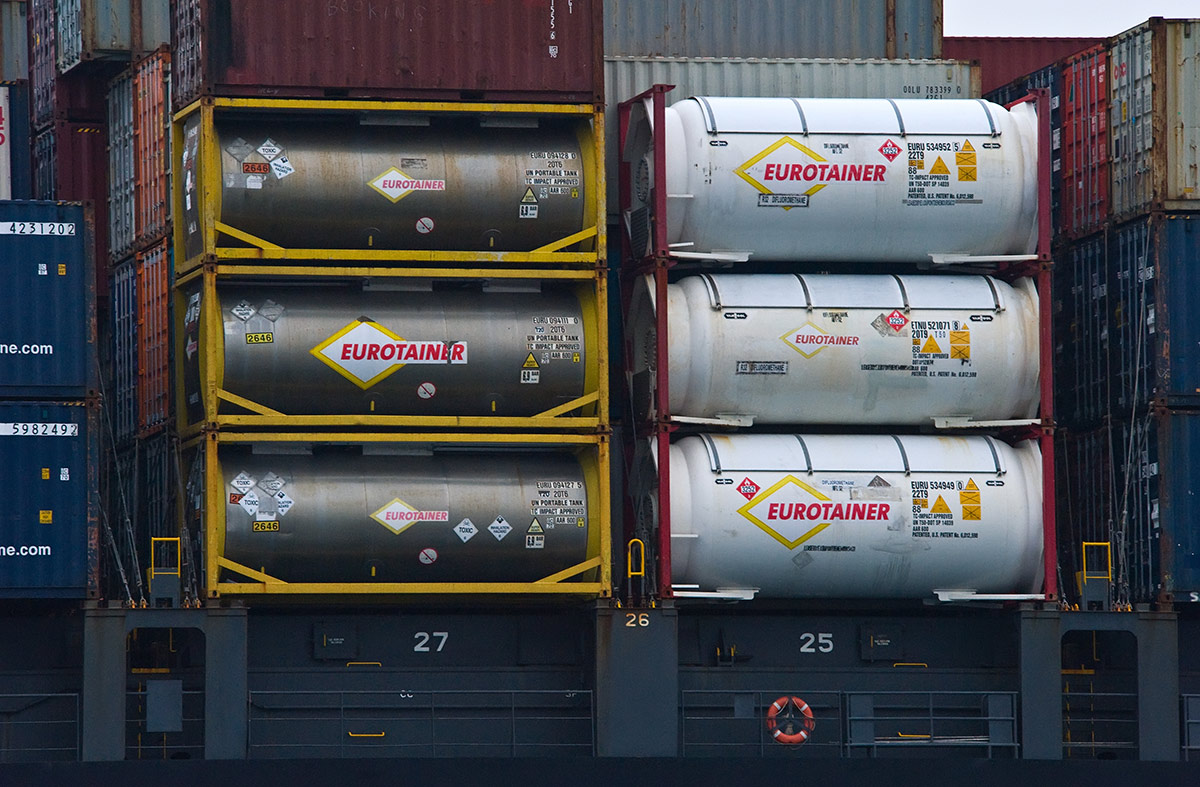What Type of Goods Does Hazard Class 3 Include?
Class 3 hazards are defined by their flashpoints—the temperature at which a liquid’s surface gives off enough vapors that it can catch on fire. Any liquid with a flash point under 93ºC falls under Hazard Class 3. The most common Hazard Class 3 goods are used as fuel—the category includes gasoline, diesel and many other common liquid fuels. However, you’ll also find some common industrial chemicals and solvents in this category. A basic list of the most common items you can find in Hazard Class 3 includes:- Gasoline
- Diesel fuel
- Kerosene
- Fuel oil
- Rubbing alcohol
- Butane
- Acetone
- Most types of paint
- Witch hazel
- Turpentine
- Liquid furniture polishes
Shipping Essentials for Hazard Class 3
Each individual material in Hazard Class 3 has its own set of rules and safety codes that must be followed, which you can find in the DOT’s complete hazmat tables. However, there are a few rules that apply to the whole category, including:- All Hazard Class 3 goods must be properly marked with Hazard Class 3 labels.
- Keep in mind the difference between flammable and combustible materials. Flammable liquids have a flashpoint within their normal working temperatures, while combustible liquids have a flashpoint above their typical working temperatures. These types need to be labeled differently, so make sure you know which category your goods fall under.
- Some Hazard Class 3 goods can be shipped via USPS ground mail if they can be classified as an ORM-D Consumer Commodity. Others need to be transported by a DOT-certified hazmat carrier. To find out whether your goods can be shipped via ground or air post, consult the chart from USPS.
- Any employee responsible for handling these materials needs appropriate training that certifies them for safe handling or must be directly supervised by someone with the correct training. Personnel responsible for their transport need a DOT hazmat certification.

1 x 1 Gallon Plastic F-Style Jug Box Only (4G/Y6.16)
How Air Sea Containers Can Help You Ship Hazard Class 3 Goods
Doing the research to safely ship hazmat goods is the first step, and the next is having the right tools to do so. Air Sea Containers is proud to provide the tools you need for shipping all kinds of hazmat goods. Some of our most popular shipping solutions for Hazard Class 3 include:- We offer a complete range of durable hazmat shipping placards and peel-and-stick hazmat labels.
- Plastic jerrican shipping kits and metal paint can shipping kits are ideal for shipping many Class 3 materials. These kits are an all-in-one way to get your shipping essentials, including an overpack box for extra protection and a durable jerrican or paint can.
- Filling out hazmat shipper's declaration forms is an essential part of shipping these goods safely, so make sure you have them on hand and know how to fill them out accurately and completely.
- If your Class 3 goods need to be kept below their flashpoint, our non-toxic eco-friendly gel packs are a great temperature control solution.
- Storing Class 3 flammables properly is another key to handling them safely, so consider our wide range of flammables safety cabinets.
 Got questions on the best packaging methods to ship your Hazmat Class 3 goods or any other hazardous material? Our hazmat shipping experts will be glad to help—just call Air Sea Containers at (866) 596-9448 or contact us online.
Got questions on the best packaging methods to ship your Hazmat Class 3 goods or any other hazardous material? Our hazmat shipping experts will be glad to help—just call Air Sea Containers at (866) 596-9448 or contact us online. 










